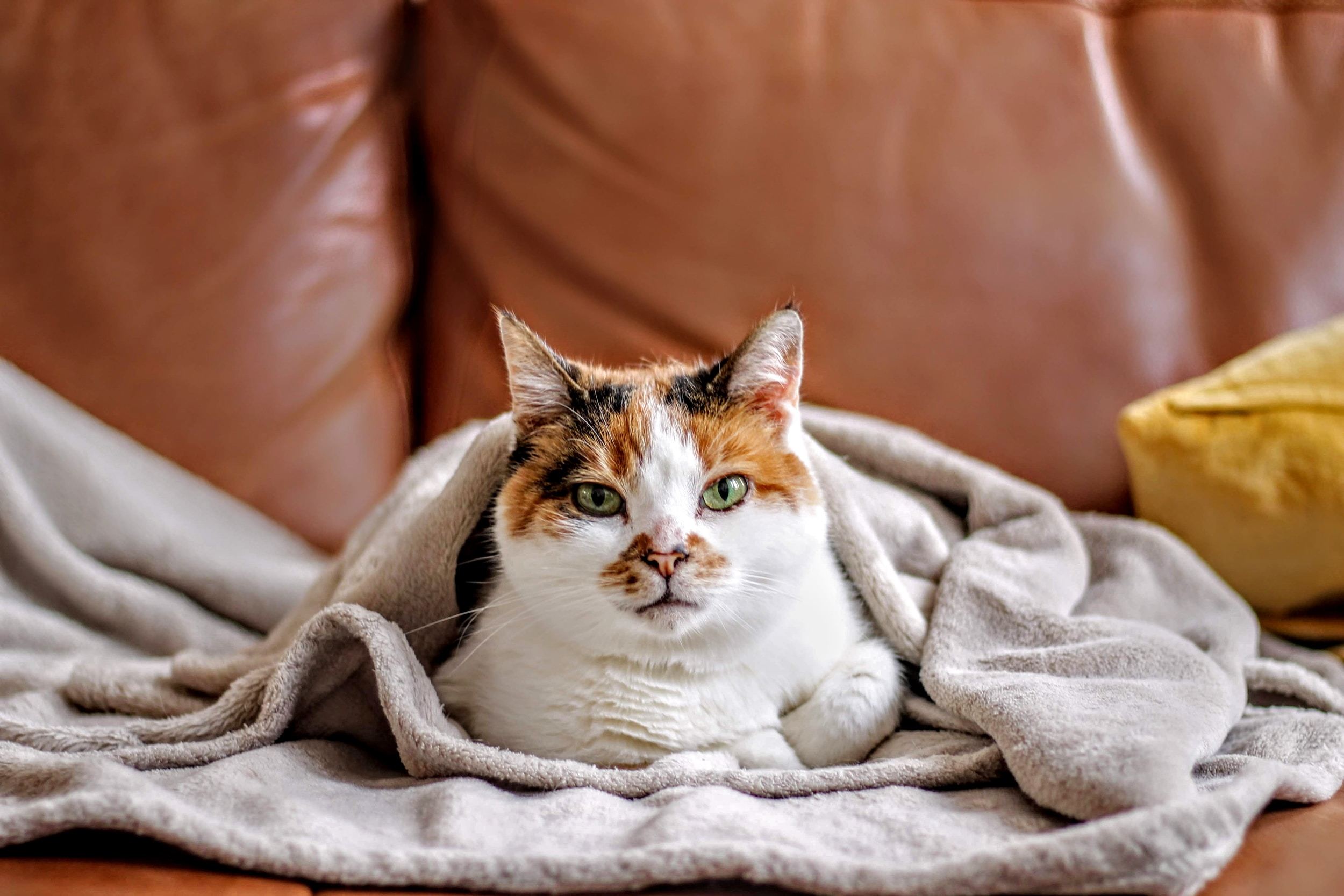The Ultimate Guide to Cat Grooming: Tips and Techniques for a Well-Groomed Feline
Cats are known for their fastidious grooming habits, but even the most diligent feline self-care routine may need a helping hand from their human companions. Grooming is not only about maintaining your cat's appearance but also plays a crucial role in their overall health and well-being. In this comprehensive guide, we will explore the importance of cat grooming, tips and techniques for effective grooming, and the tools you need to keep your feline friend looking and feeling their best.

Why Is Grooming Important for Cats?
Grooming is a natural behavior for cats, but it goes beyond aesthetics. Here are some key reasons why grooming is essential for your feline companion:
1. Removal of Loose Fur
Regular grooming helps remove loose fur, preventing excessive shedding and the formation of hairballs. This can reduce the risk of digestive issues caused by hairball ingestion.
Source:Grooming Your Cat
2. Skin and Coat Health
Grooming promotes healthy skin by distributing natural oils, which can help prevent dryness and irritation. A well-maintained coat also reduces the risk of matting, which can be painful for your cat.
Source:Skin Problems in Cats
3. Bonding Time
Grooming provides an excellent opportunity for bonding with your cat. It allows you to establish trust and build a stronger connection.
4. Early Detection of Health Issues
Regular grooming sessions allow you to inspect your cat's body for any lumps, bumps, or abnormalities. Early detection of health issues can lead to prompt veterinary care.
Source:Detecting Illness in Cats Through Their Behavior
Tips and Techniques for Effective Cat Grooming
Now that we understand the importance of cat grooming, let's explore some tips and techniques to make the process more effective and enjoyable for both you and your cat:
1. Choose the Right Time and Place
Pick a quiet and comfortable location for grooming. Ensure your cat is relaxed and free from distractions. Gradually introduce grooming sessions to avoid stress.
2. Use the Right Tools
Invest in high-quality grooming tools designed for cats, including a soft brush or comb, nail clippers, and a gentle pet shampoo if baths are necessary.
Source:Cat Grooming Tools
3. Start Slowly
If your cat is new to grooming, start with short sessions and gradually increase the time as they become more comfortable. Reward them with treats and praise to create positive associations.
4. Brushing the Coat
Regular brushing helps remove loose fur, prevents matting, and stimulates the skin. Brush in the direction of hair growth, being gentle around sensitive areas like the belly and tail.
Source:How to Brush Your Cat
5. Trimming Nails
Keep your cat's nails trimmed to prevent them from becoming too long and causing discomfort or injury. Use cat-specific nail clippers and be cautious not to cut too close to the quick.
Source:Trimming Your Cat's Claws
6. Bathing Your Cat
Some cats may require occasional baths, especially if they get into something dirty or have skin conditions. Use a cat-specific shampoo and make the experience as calm as possible.
Source:How to Give Your Cat a Bath
7. Eye and Ear Care
Regularly check and clean your cat's eyes and ears. Use a damp, soft cloth to gently clean discharge or debris. If you notice persistent issues, consult your veterinarian.
The Importance of Professional Grooming
While regular at-home grooming is crucial, some cats may benefit from professional grooming services, especially those with long or thick coats. Professional groomers have the expertise and equipment to handle more complex grooming tasks, such as dematting and specialized breed-specific trims.
Conclusion
Grooming is an essential aspect of caring for your feline companion. It not only keeps your cat looking and feeling their best but also promotes their overall health and strengthens your bond. By following the tips and techniques mentioned in this guide and using the right tools, you can ensure that your cat enjoys a comfortable and stress-free grooming experience.
Remember that each cat is unique, and their grooming needs may vary. Pay attention to your cat's individual preferences and adjust your grooming routine accordingly. With patience, love, and proper grooming, you can help your furry friend maintain a healthy and beautiful coat while nurturing a strong and lasting relationship.
Sources:
- Grooming Your Cat
- Skin Problems in Cats
- Detecting Illness in Cats Through Their Behavior
- Cat Grooming Tools
- How to Brush Your Cat
- Trimming Your Cat's Claws
- How to Give Your Cat a Bath